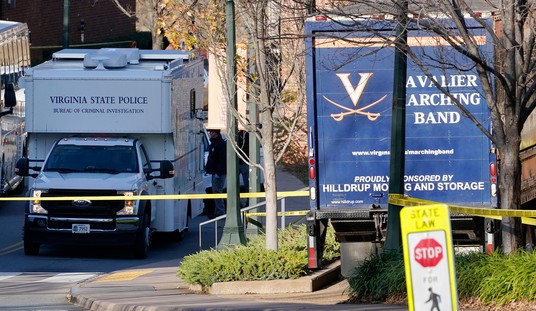Last month we talked about some early flight test reports which hinted that the F-35 Joint Strike Fighter might be in trouble after years of development and hundreds of billions of dollars of funding. At that time the military was evaluating the jet in early tests against our own previous generation fighters and the results were mixed at best. Now that the aircraft has been at least initially approved, additional analysis is coming in. One such study is broken down by Martin Matishak at the Fiscal Times and, rather than stacking up the Lightning against our own Tomcats and other models, they match it up against our enemies. The results are once again less than encouraging.
The study by the National Security Network states the jet, the most expensive weapons system in U.S. history, will not only be outmaneuvered and outgunned by Russian and Chinese aircraft but will also be limited in range and its stealth capabilities will be easily overcome.
“The F-35 will find itself outmaneuvered, outgunned, out of range, and visible to enemy sensors,” the report states. “Going forward, full investment in the F-35 would be to place a bad trillion-dollar bet on the future of airpower based on flawed assumptions and an underperforming aircraft.”…
The NSS study compared all three F-35 variants to foreign fighters — Russia’s MiG-29 and Su-27 — and found it came up short in a variety of key areas, including acceleration, combat radius and payload. Such deficiencies would seriously hamper the U.S. jet in a dogfight.
Reading through the details there are more concerns than simple formulas breaking down weight, acceleration and turn ratios. The Lightning will be more reliant on in air refueling than other fighters and our opponents have improved capabilities to disrupt such operations. Also, the range issue looks particularly problematic if trouble arises in the far western Pacific theater. This is a part of the world drawing a lot of attention these days, particularly when you consider China’s activities in the region. Concerns about North Korea go without saying.
Also, the shortcomings of the stealth technology are problematic.
Meanwhile, the F-35’s stealth avionics and sensors might not make much of difference against the fighters operated by Russia and China, since those countries have made strides in radar, computing, and infrared sensor technology, the NSS report states.
The one problem which this analysis offers no answer to is what we should do about it. Thus far we’ve already sunk $298B into the program once all the massive cost overruns are factored in and the military’s own estimates indicate that by the time this is all said and done the price tag is going to be over one trillion. (More than the gross GDP of Australia) How can we walk away from that and just start over? And since our aging last generation planes – as fine as they are – were already cited as needing replacement, what would we do while some hypothetical new program was developed and rolled out? That would surely take a decade or more.
Is the answer to compromise and send the F-35 back to the drawing board yet again? I see some military commentators saying that’s a doable option, but it would still take nearly as long as building a new plane from scratch. Meanwhile, the costs would continue to mount and the complaints about the staggering spending involved would grow. The other option is to simply roll out a plane which might – in the hopefully theoretical event of an actual shooting war – turn out to be essentially target practice for our enemies. This situation is looking worse and worse by the month no matter how rosy of a picture the military wants to paint.








Join the conversation as a VIP Member